
The organized International Red Cross and Red Crescent Movement is a humanitarian movement with approximately 16 million volunteers, members, and staff worldwide. It was founded to protect human life and health, to ensure respect for all human beings, and to prevent and alleviate human suffering.
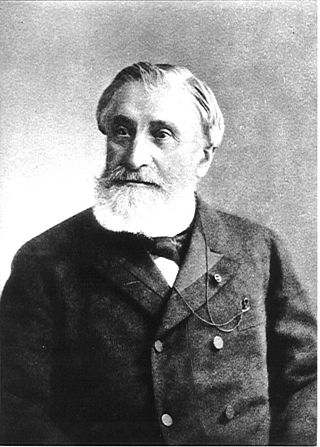
Gustave Moynier was a Swiss jurist who was active in many charitable organizations in Geneva.

Under the Geneva Conventions, the emblems of the International Red Cross and Red Crescent Movement are to be worn by all medical and humanitarian personnel and also displayed on their vehicles and buildings while they are in an active warzone, and all military forces operating in an active warzone must not attack entities displaying these emblems. The International Red Cross and Red Crescent Movement recognizes four protection emblems, three of which are in use: the Red Cross, the Red Crescent, the Red Lion and Sun, and the Red Crystal.

Dr. Théodore Maunoir was a Swiss surgeon and co-founder of the International Committee of the Red Cross (ICRC).

The Seville Agreement is an agreement drafted by the International Red Cross and Red Crescent Movement in 1997 to specify which Red Cross entity takes the lead role in different scenarios.
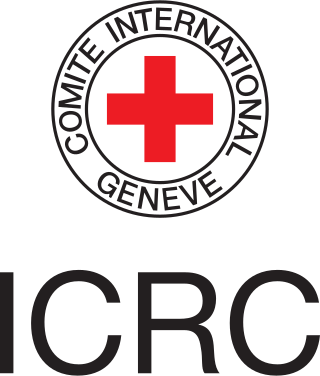
The International Committee of the Red Cross is a humanitarian organization based in Geneva, Switzerland, and is a three-time Nobel Prize laureate. The organization has played an instrumental role in the development of rules of war and promoting humanitarian norms.
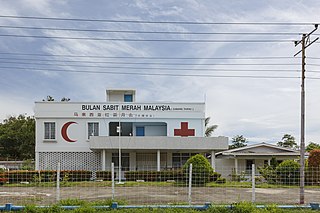
The Malaysian Red Crescent (MRC) is a voluntary humanitarian organization that seeks to promote humanitarian values, as well as provide service and public education in disaster management, as well as healthcare in the community. It is part of the International Red Cross and Red Crescent Movement.

The International Federation of Red Cross and Red Crescent Societies (IFRC) is a worldwide humanitarian aid organization that reaches 160 million people each year through its 191 member National Societies. It acts before, during and after disasters and health emergencies to meet the needs and improve the lives of vulnerable people. It does so independently and with impartiality as to nationality, race, gender, religious beliefs, class and political opinions.
The Red Cross Society of Bosnia and Herzegovina is a component of the International Red Cross and Red Crescent Movement. It was recognized by the International Committee of the Red Cross (ICRC) on 8 May 2001 and admitted as a member to the International Federation of Red Cross and Red Crescent Societies (IFRC) on 7 November 2001.
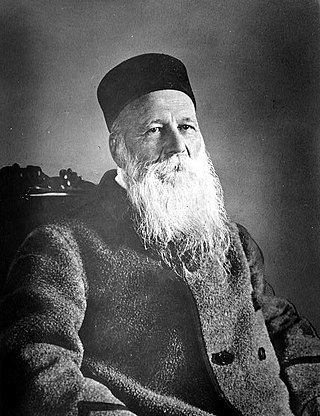
The Henry Dunant Medal is the highest award of the Red Cross Movement. It is named after Henry Dunant, the founder of the Red Cross Movement. The medal is presented every two years by the Standing Commission of the Red Cross and Red Crescent. This body represents the International Committee of the Red Cross, the International Federation of Red Cross and Red Crescent Societies and the various National Red Cross and Red Crescent Societies.
The Swiss Red Cross, or SRC, is the national Red Cross society for Switzerland.
Mali Red Cross, also known as CRM, was founded in 1965 on the basis of the Geneva Conventions of August 1949 and of the order of 59 PCG 28 March 1959 governing associations and NGOs in the Republic of Mali. It is headquartered in Bamako. The primary goal of the Mali Red Cross is to provide aid to people suffering the combined effects of armed conflict, promote nutrition and health, and provide assistance during food shortages. The International Federation of Red Cross and Red Crescent Societies (IFRC) recognized the Mali Red Cross on September 14, 1967, as the 109 national society of the Red Cross and Red Crescent Societies.

World Red Cross Day and Red Crescent Day is an annual celebration of the principles of the International Red Cross Day and Red Crescent Day. World Red Cross Day is also known as Red Crescent Day. World Red Cross Day and Red Crescent Day is celebrated on 8 May every year. This date is the birth anniversary of Henry Dunant, who was born on 8 May 1828 at Geneva, Switzerland, and died on 30 October 1910 at Heiden, Switzerland. He was the founder of (ICRC) International Committee of the Red Cross and the recipient of the first Nobel Peace Prize in 1901.

Jean Simon Pictet was a Swiss citizen, jurist, legal practitioner working in international humanitarian law. First as a secretary-jurist, and then as a senior executive and Vice-President of the International Committee of the Red Cross (ICRC), Pictet was instrumental in drafting the 1949 Geneva Conventions for the protection of victims of war, their Commentaries, and negotiating the 1977 Additional Protocols. He also proposed the Red Cross Movement’s seven Fundamental Principles, which were adopted at Vienna in 1965: Humanity, Impartiality, Neutrality, Independence, Voluntary Service, Unity and Universality. In 1989, an international humanitarian law competition for students was founded and named after him.
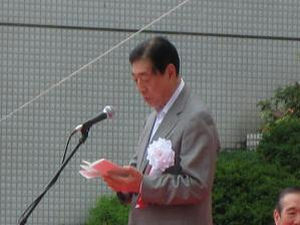
Tadateru Konoe is the former president of the International Federation of Red Cross and Red Crescent Societies (IFRC).

Restoring Family Links (RFL) is a program of the Red Cross and Red Crescent Movement, more specifically the International Committee of the Red Cross (ICRC) and National Red Cross and Red Crescent Societies involving activities that aim to prevent separation and disappearance, look for missing persons, restore and maintain contact between family members and clarify the fate of persons reported missing. The activities are carried out by the components of the RFL is sometimes also referred to as family tracing.
Satya Paul Agarwal is an Indian neurosurgeon, academician, and public health administrator. He is the incumbent Secretary General of the Indian Red Cross Society. The Government of India honoured him in 2010, with the Padma Bhushan, the third highest civilian award, for his services to the fields of medicine and public health.

The library of the International Committee of the Red Cross (ICRC) – in French: la bibliothèque du Comité international de la Croix-Rouge (CICR) – is a public library based at the headquarter of the international organization in Geneva, Switzerland. It was apparently founded around the time of the ICRC's inception in 1863.











